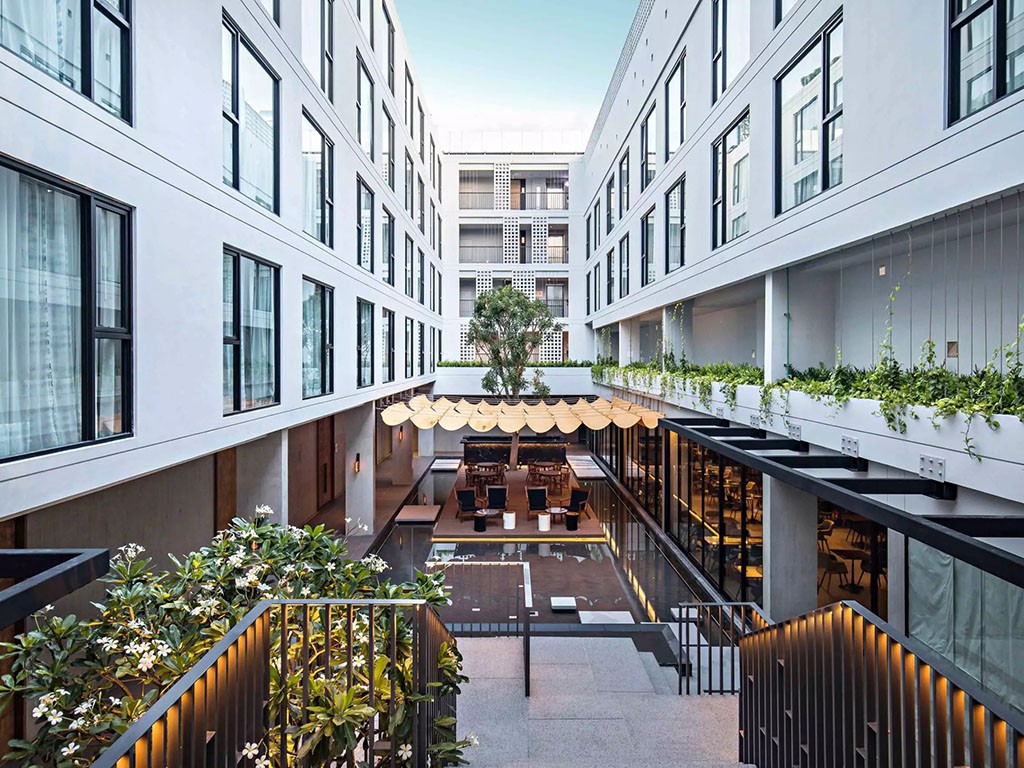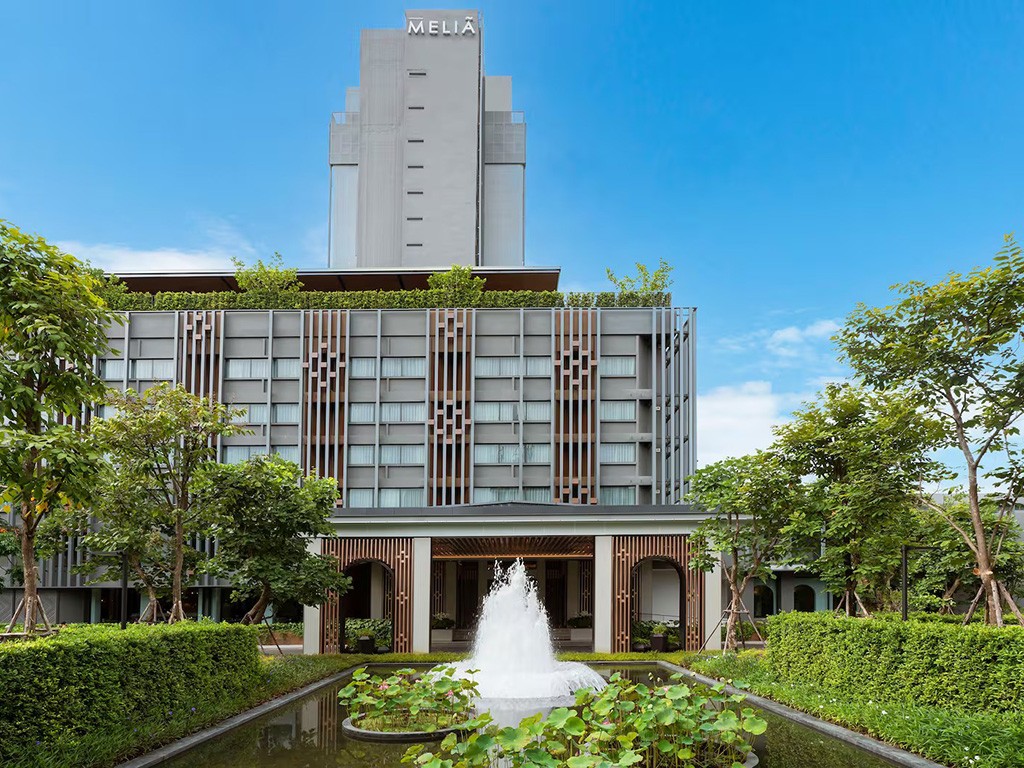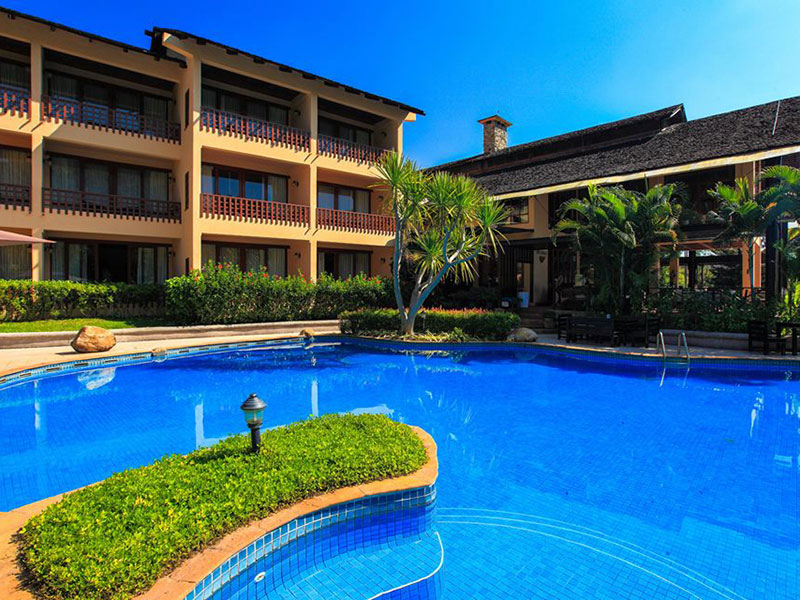“The center showcases the Hmong way of life and traditions through museum exhibits and life-size models, features a cold-climate flower garden and small waterfall, and presents unique handicrafts such as wax-resist textile painting and embroidery.”
Doi Pui Hmong Village is a hill tribe settlement located at 700–1,685 meters above sea level within Doi Suthep-Pui National Park. Established around 1946, the Hmong initially migrated from surrounding districts to cultivate the land, which was formerly used for opium farming but later transitioned to other economic crops under the Royal Project.
Cultural Center and Museum
The Hmong Cultural and Lifestyle Center (or Hill Tribe Village Museum, established 1984) was created by the community to preserve and share Hmong traditions.
-
Exhibits: Include daily life artifacts, musical instruments, and handicrafts.
-
Life-size models: Show Hmong traditions from birth to death, seasonal rituals, and key celebrations like the Gin Wao Festival (Hmong New Year).
Lifestyle and Handicrafts
-
Hmong crafts: Highlighted in intricate traditional clothing and women’s crafts, including Batik wax-resist fabric painting, embroidery, and natural dyeing.
-
Additional attractions: Visitors can enjoy the mountain flower garden and small waterfall, and purchase handmade crafts and local vegetables.
How to Get There
Private car / Rental:
- Take Huay Kaew Road toward Doi Suthep, passing Kruba Srivichai Monument, Wat Phra That Doi Suthep, and Phuping Palace. The road is steep and winding, so drive carefully.
Public transport (Red Songthaew / Taxi):
- Red Songthaew (four-wheel truck) pickups are available at Chiang Mai University or Kruba Srivichai Monument. Inform the driver you are going to “Doi Pui” (may need to wait for the vehicle to fill, or rent it privately). Taxis and ride-hailing apps (Grab, Bolt) are also options—agree on the fare beforehand.
Rental vehicles:
- Motorbikes or cars can be rented in Chiang Mai city for more flexible travel to the village.
Travel Tips
-
Clothing: Visitors can rent traditional Hmong outfits for photos in the village and garden.
-
Contribution: Entry fees (10–20 THB) support museum maintenance, school lunch funds, and village development.
-
Shopping: A great place for local handicrafts, embroidered fabrics, and silver items.
Admission / Fees:
- Museum/Cultural Center: approximately 10–20 THB per person (check current rates).
Opening Hours:
- 09:00 – 17:00 (museum area approximate).





























